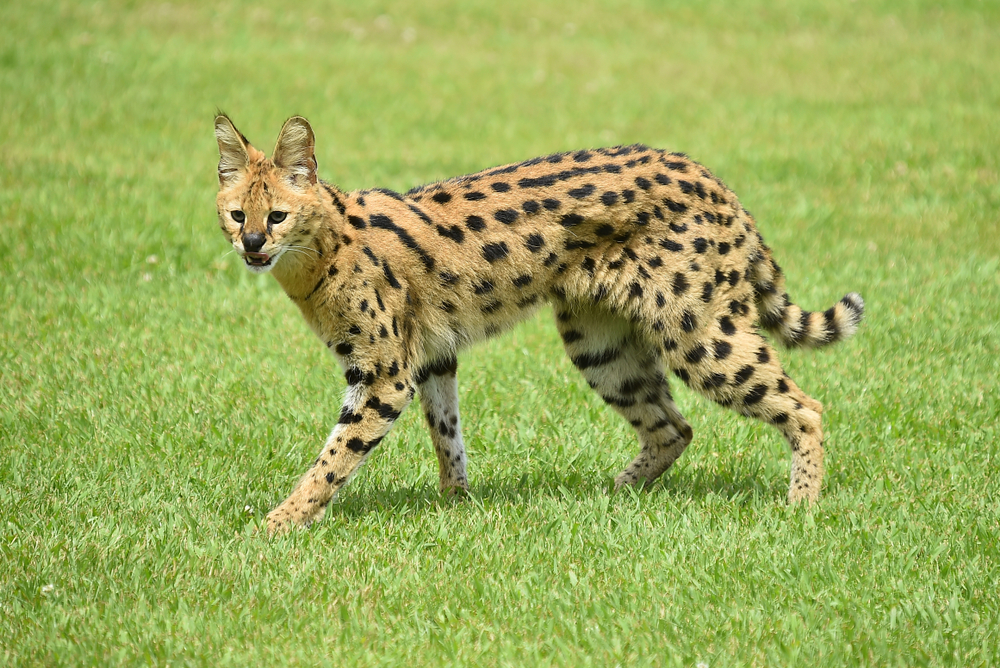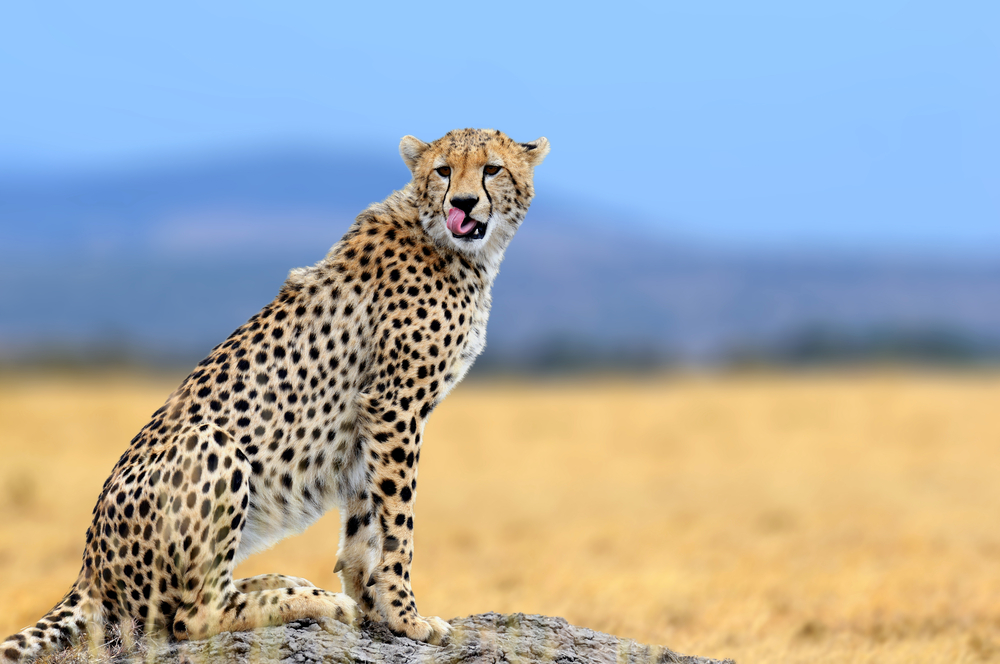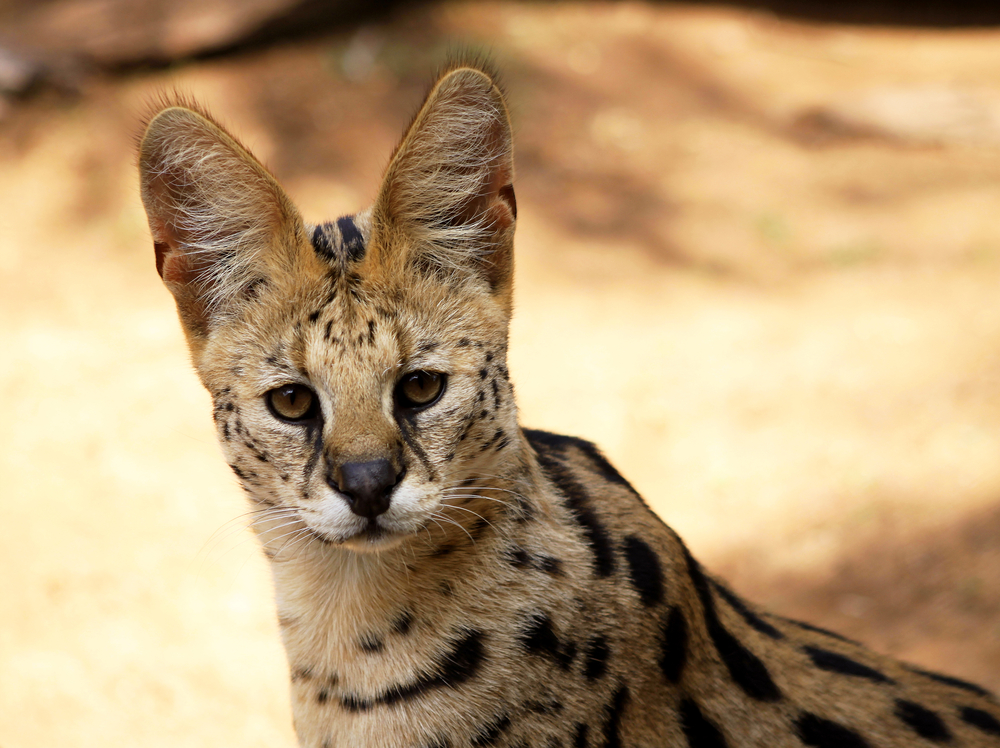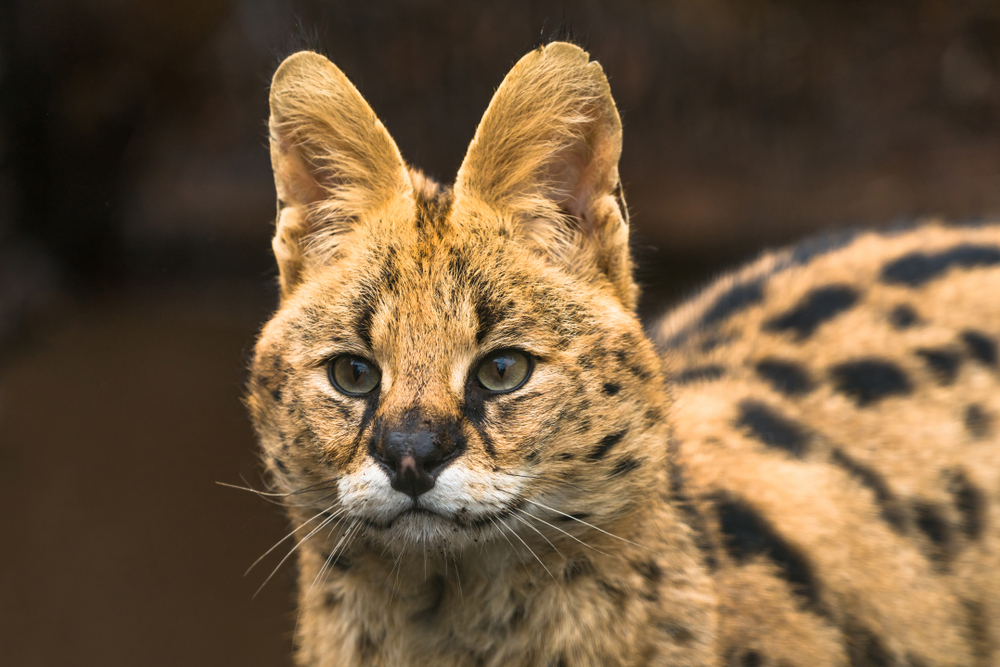Servals and Ocelots are both wildcat species, but they differ in several key ways:
1. Geographic Range:
- Serval: Servals are native to Africa, primarily found in grasslands, wetlands, and savannas. They are primarily an African species.
- Ocelot: Ocelots are found in the Americas, ranging from parts of the United States through Central and South America. They inhabit a variety of ecosystems, including rainforests and grasslands.
2. Size and Build:
- Serval: Servals are medium-sized cats, typically weighing between 15 to 40 pounds (7 to 18 kg). They have a slender build with long legs relative to their body size.
- Ocelot: Ocelots are smaller, weighing between 15 to 33 pounds (7 to 15 kg). They are stockier in build compared to Servals.
3. Coat Pattern and Color:
- Serval: Servals have a distinctive coat pattern with bold, elongated black spots and stripes on a tawny or golden-yellow background.
- Ocelot: Ocelots also have a spotted coat, but their spots are more varied in shape and are smaller and more closely spaced. Ocelots have a more intricate coat pattern with rosettes and spots on a tawny or grayish background.
4. Ear Size and Shape:
- Serval: Servals have large, oval-shaped ears with a distinctive white spot on the back of each ear.
- Ocelot: Ocelots also have relatively large ears, but they lack the prominent white spot found on Serval ears.
5. Behavior and Habitat:
- Serval: Servals are primarily solitary and nocturnal hunters. They are often associated with grasslands and wetlands.
- Ocelot: Ocelots are solitary, but they can also be crepuscular or nocturnal. They inhabit a broader range of habitats, including tropical rainforests and deciduous forests.
6. Range and Conservation Status:
- Serval: Servals are not considered endangered and have relatively stable populations. They have a wide distribution across Africa.
- Ocelot: Ocelots are classified as “Least Concern” by the International Union for Conservation of Nature (IUCN), but some subspecies are more threatened due to habitat loss and hunting.
While Servals and Ocelots share some similarities as wildcats, including their spotted coat patterns and solitary lifestyles, their differences in size, geographic range, coat pattern intricacy, and habitat preferences set them apart as distinct species, adapted to their respective regions and ecosystems.













































































